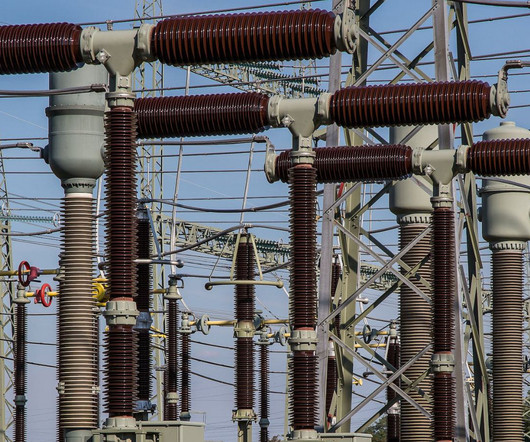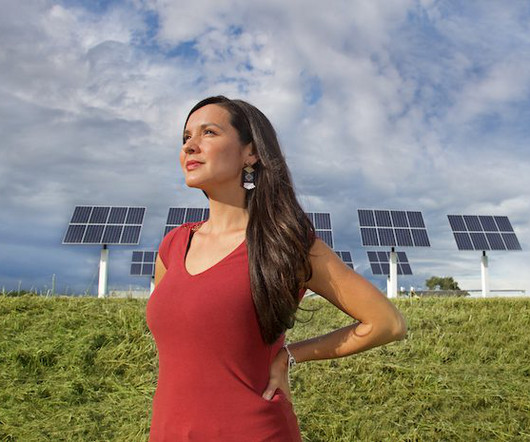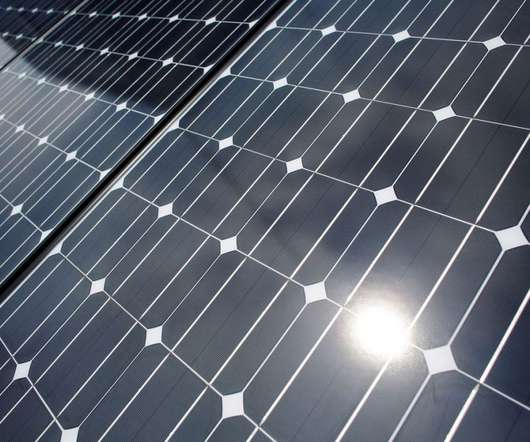After The Lights Go Out, Then What?
Union of Concerned Scientists
JANUARY 4, 2024
Similar extreme cold weather caused grid emergencies in 2011, 2014, 2018, and again in 2022. These recurring electric supply crises revealed the vulnerability of conventional power plants and the gas supply to cold weather.

















Let's personalize your content